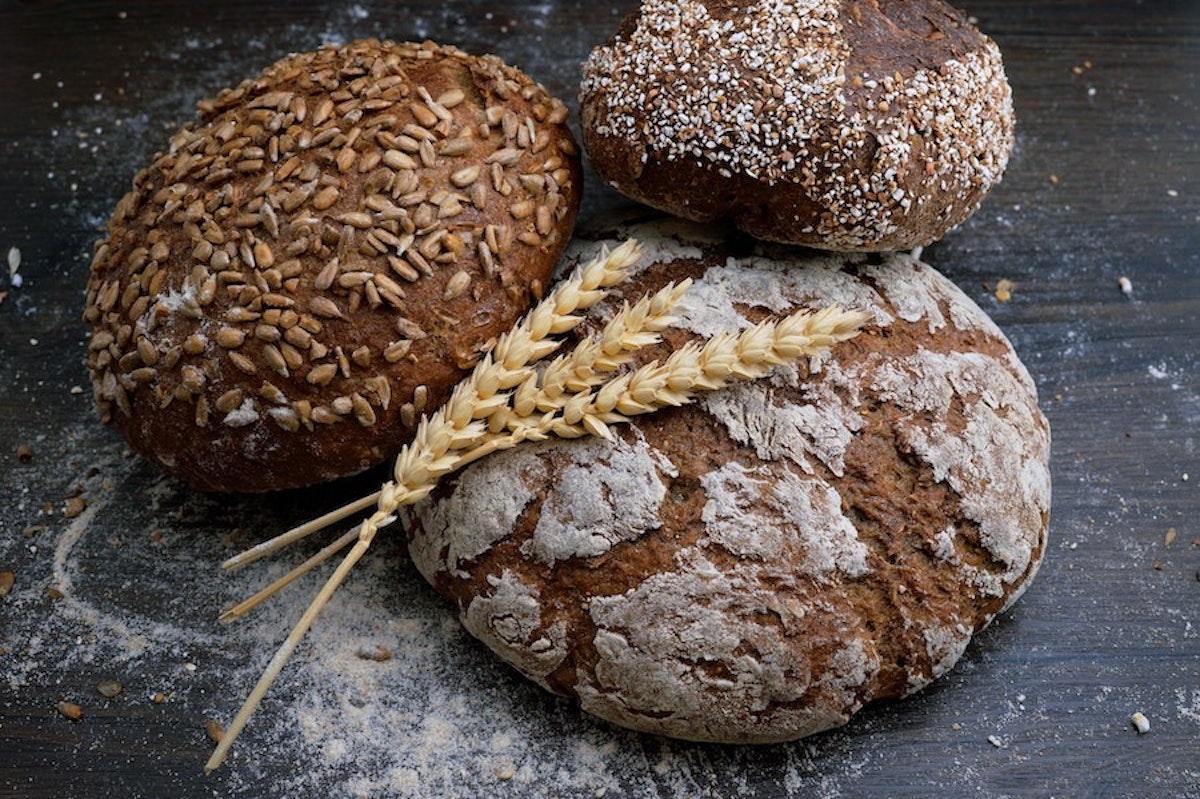Karen Man on Baking with Grains
After baking around the world, I’ve come to enjoy working with these grains. (Note, the lack of organic certification doesn’t necessarily mean that the grains weren’t grown using sustainable or environmentally conscious methods. Ask the producer directly about their growing methods.)
Turkey Red
Known as Crimson Turkey before the 19th century, Turkey Red wheat was first brought to the American Midwest and later the Pacific Northwest from the steppes of southeastern Europe. The complex, nutty flavor isn’t too heavy, which allows the flavors of other baking ingredients to also shine.
Einkorn
One of the earliest forms of cultivated wheat, einkorn expresses its sweet subtleties and softer texture in various baked goods. With a lower gluten, higher fat and mineral content, einkorn lends itself well to loaves baked in a pan, for added support, and pastries with fewer ingredients so the flavor can shine. When using 100% einkorn, adjust pastry recipes with less liquid or fat to assist with structure.
Sonoran Gold
Sonoran Gold gets its name from its yellow color and the Spanish settlers that introduced it into North America in the 16th century. This wheat produces a naturally sweet, buttery roundness and is great for flatbreads, pie crusts, biscuits and pastries.
Wrens Abruzzi Rye
This rye has a sweeter profile than other ryes so is versatile for sweet and savory uses. Wrens Abruzzi is derived from an older Italian Abruzzi Rye that was developed in Georgia in the 1950s.
Red Fife
The toasty, nutty wheat flavor in this heirloom variety comes through strongly, so stands well on its own in breads and in pastries high in flavorful ingredients. Ukrainian immigrants brought Red Fife to Canada in the 1840s, and it was the main wheat grown there until the 1920s. Its name is derived from its red color and name of the farmer, Dave Fife.





